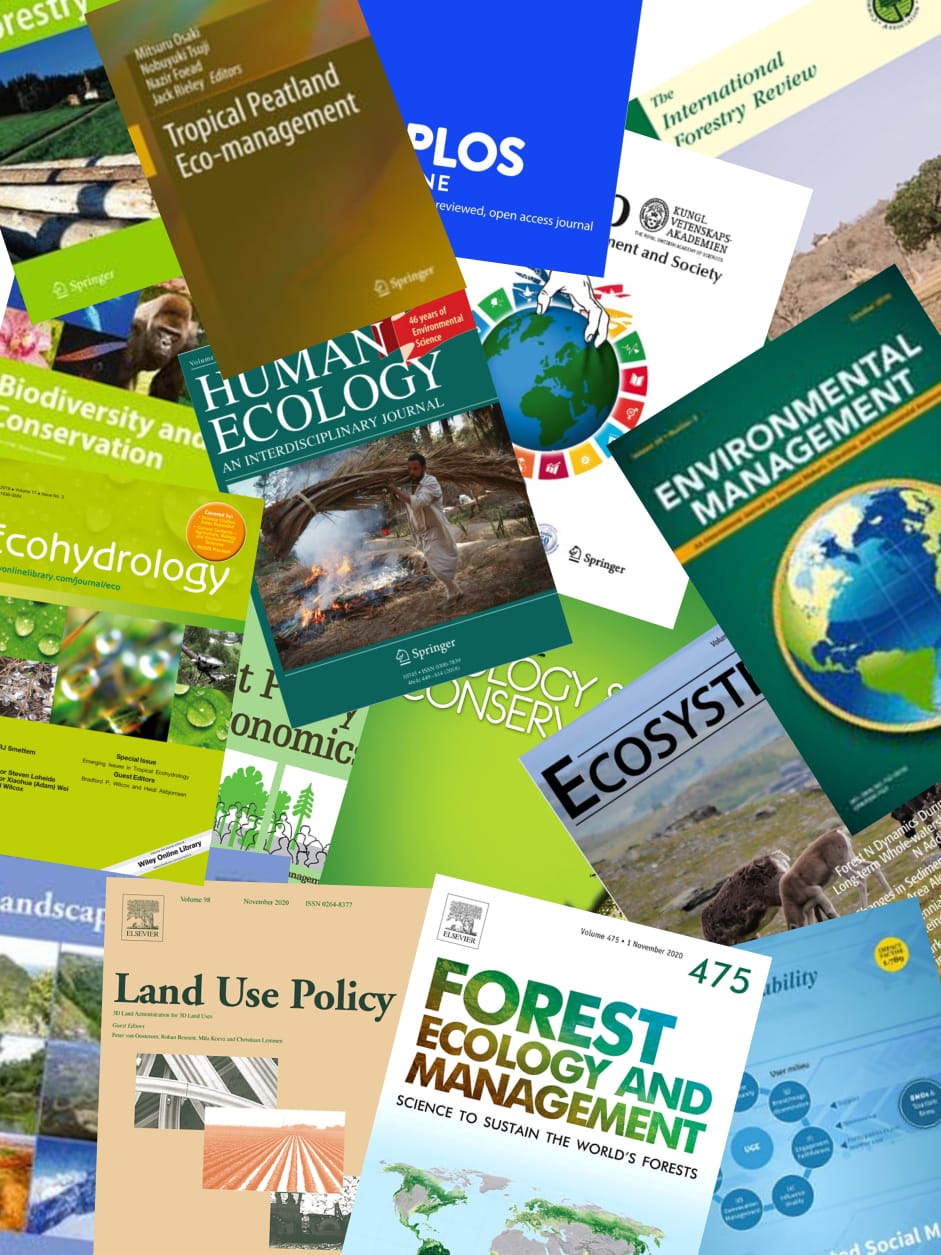Accounting for the myriad of ways that local communities relate to peatlands is increasingly recognized as a factor for long-term restoration success. One way of doing so is through understanding how peatlands are represented by local communities using a social representation framework comprising perceived peatland benefits and functions, beliefs about their characteristics, perceived human-peatland relationships, and appropriate management pathways. In turn, these representations influence individual interpretation of peatland restoration outcomes and, to a lesser degree, engagement with revegetation activities. We conducted 55 semi-structured interviews with three communities living in and around peatlands in Bengkalis, Riau, Indonesia. We show that, among those interviewed, peatlands had various and divergent representations. Each representation reflected its own social-ecological relationship with, and valuation of, peatlands, and individual and shared experiences. For example, peatlands were primarily valued for their production purposes, but were also represented as degraded lands and areas important for climate change mitigation. The different representations were not mutually exclusive; on occasion, the same interviewee expressed several different representations. Moreover, some representations were shared among geographically dispersed participants, reflecting common experiences of peatland management. Overall, the results reaffirm the need to account for local representations of the environment in the management of tropical peatland, and notably in the setting of restoration goals.
View source

